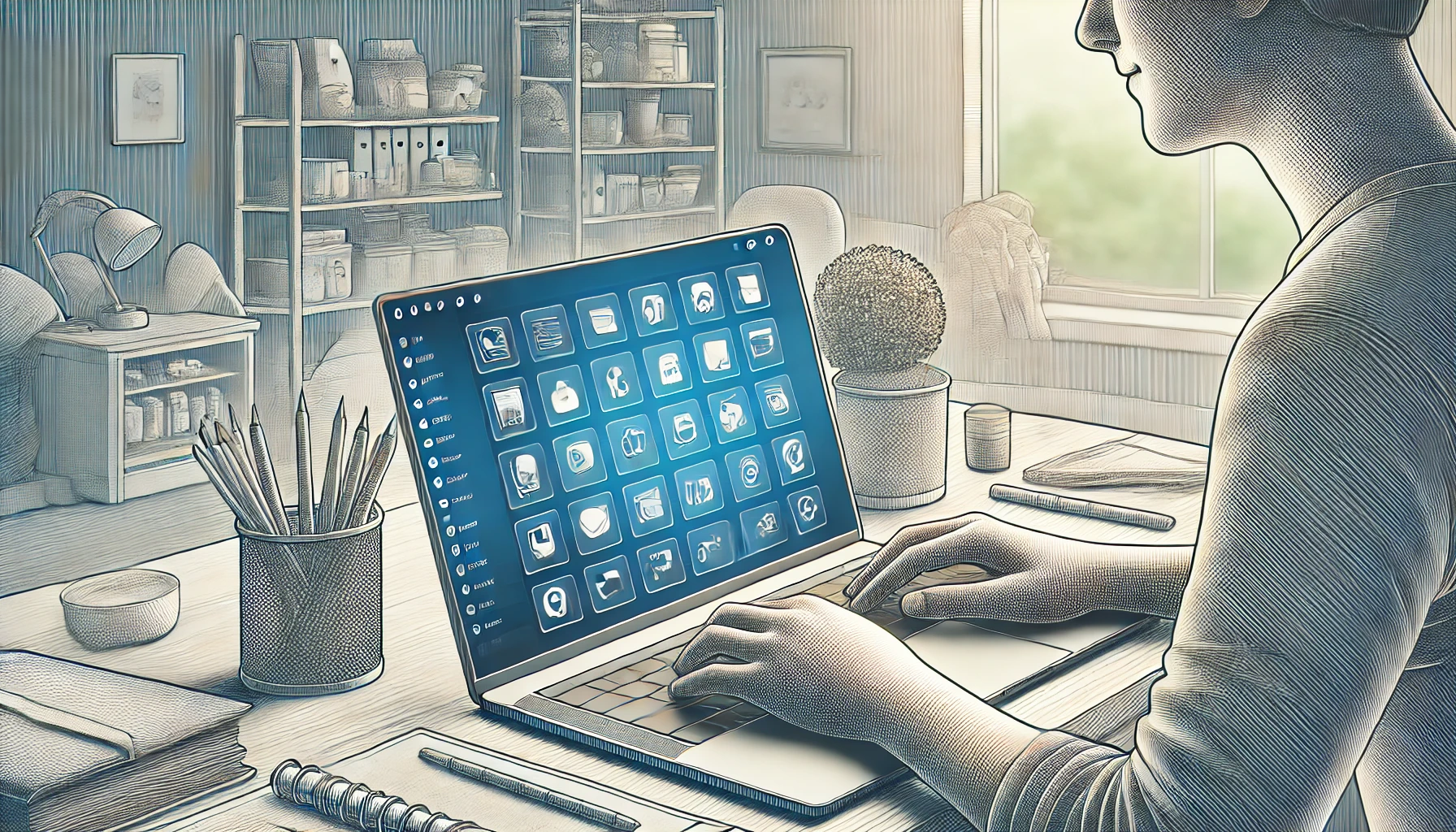Bloatware is that set of software, including programs and apps, that comes preinstalled on electronic devices such as PCs, phones or tablets.
This software can come in different forms, and although it is generally not dangerous, it takes up storage space, can slow down the device, especially at startup in PCs, and in some cases can send our data to third-party servers for profiling.
Not all apps added by manufacturers can be considered bloatware; some are useful and add functionality to the device.
However, most preinstalled apps fall into the category of bloatware, loaded for economic purposes (through partnerships with developers) or to provide duplicate versions of apps in order to promote their own services.
The majority of preinstalled apps are bloatware proper, preloaded for economic purposes (as a result of partnerships with developers) or to provide duplicate apps in order to promote their services.

In the first case, we find so-called trialware, which are trial programs that you can use for free for a certain period of time, but for which you have to pay if you want to use them after a certain period, which can range from 30 days to 6 months.
The most common types of trialware are antivirus programs or office suites.
Also belonging to the first category we find adware, a particularly unpleasant form of bloatware that is inserted to deliver advertisements, and which at worst can use your data to profile you. Examples of this type are rarer, but not nonexistent, and are more commonly found in some smartphones than on computers.
Finally, there are the preinstalled programs, which can be more or less useful. An example of this is Samsung, which on both its phones and computers installs numerous apps, many of which duplicate Google apps, and which you may not need. Another example is apps such as Netflix or Prime Video, which you may not need.
How to Remove them?
When you are faced with a program and don’t know whether or not to remove it, always ask yourself if you will actually use it. Of course, you can always reinstall it later, but it is important to understand what it is for to avoid second thoughts. The Internet can be a great help in these cases. A good place to start is the “Should I Remove It” site, which offers guidance on the programs installed on most computers.
In general, uninstalling programs from Windows is very easy. However, if you want to make sure you start with a clean computer and install only what you really care about, the best method is to reinstall Windows from scratch.
Conclusions
The practice of preinstalling bloatware used to be much more widespread, whereas nowadays manufacturers are more careful about installing unnecessary programs. However, this does not mean that there are no more of them. It is up to the user to decide which programs actually may or may not be useful and, if necessary, to remove unwanted ones.






